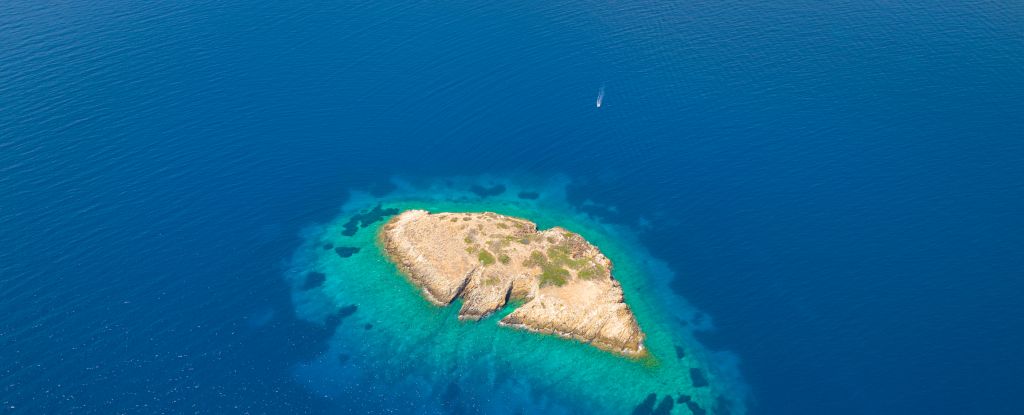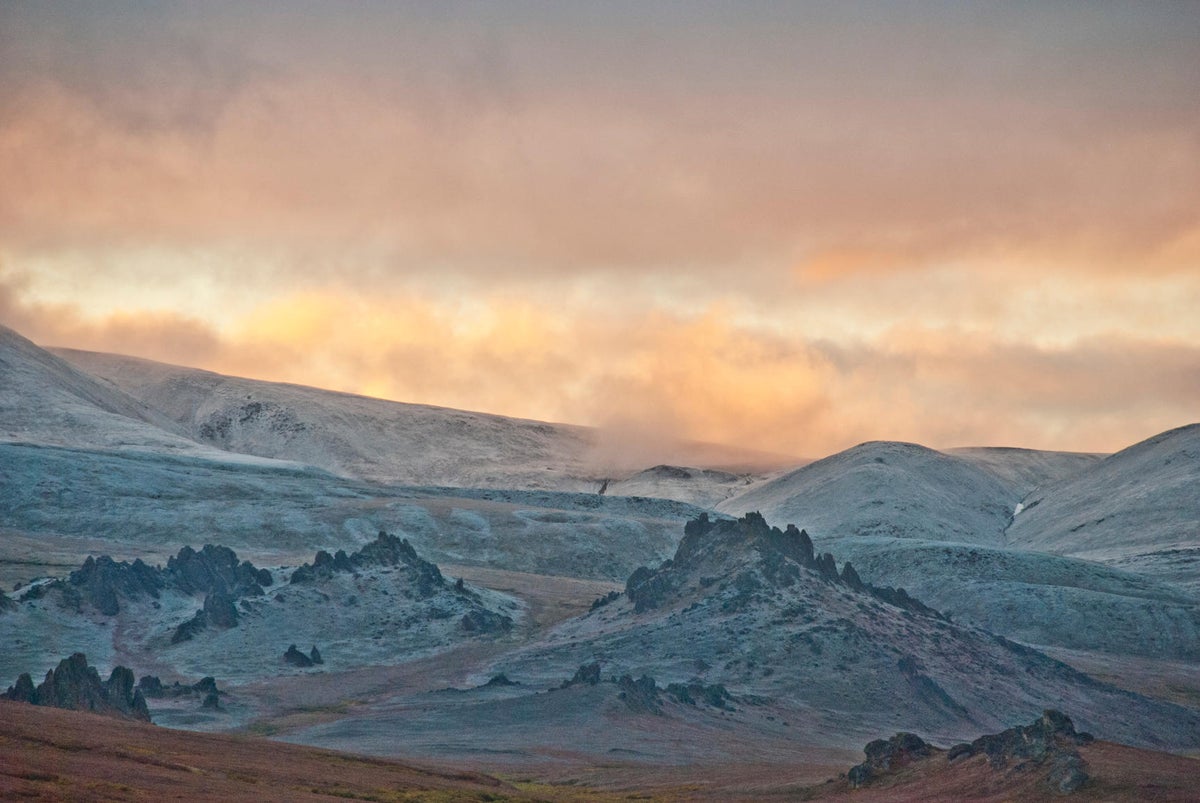Interesting study regarding reverse migrations. Perhaps not all that surprising. Siberia Ho!
Announcement
Collapse
No announcement yet.
Native American Reverse Migration
Collapse
X
-
Just wait until they figure out folks had boats fir thousands of years. There have been dozens of groups kind in the America's. Likely some were able to travel back as well.
Those 12,000 yr old cliff paintings in Columbia have a boat with a sail...
- Likes 2
Comment
-
It took this Arctic Fox 3 weeks to walk from Norway to Greenland, and then she was in Northern Canada within a couple of months. Just walking on sea ice. And at different times the sea ice has been much more durable and extended than it is now.
I agree people had boats, hugged the coasts hunting seals on the kelp highway, walked across the land bridge, and probably followed animals across the ice if conditions got bad. If there was food, people followed it.
At first, the scientists wondered whether it was a mistake.Hong Kong, but from Indiana/Florida
- Likes 5
Comment
-
The Pacific coast kelp highway route seems to be the favored model for entry, and for a few years now. So boats into the Americas is now in favor. Australia was reached by boat about 50,000 years ago. And this was just thrown out there last month: Neanderthals sailing the Mediterranean some 450,000 years ago:Originally posted by Garguy View PostJust wait until they figure out folks had boats fir thousands of years. There have been dozens of groups kind in the America's. Likely some were able to travel back as well.
Those 12,000 yr old cliff paintings in Columbia have a boat with a sail...
 Archaic humans may have worked out how to sail across the sea to new lands as far back as nearly half a million years ago.
Archaic humans may have worked out how to sail across the sea to new lands as far back as nearly half a million years ago.
BTW, those cliff paintings are apparently much disputed, as to their age. Questions as to whether the animals seen are being misinterpreted as Pleistocene, when they are in fact more recent.
Rhode Island
Comment
-
Not surprising at all. Thirty thousand years ago the "land bridge" or Beringia was a wide rolling plain with rivers draining north into the Arctic ocean and south into the Pacific. Beringia was wider north to south than the state of Alaska is now. The only relatively high mountains in the immediate area are the Kigluaik Mountains a few miles north of Nome, AK on the Seward Peninsula that were glaciated with mountain glaciers and the Brooks Range much farther northeast but not the continental glaciers to the east. There are small glacial remnants but the mountains are not high enough to maintain them. There were rivers there that are now unseen. After Beringia became submerged then Pacific ocean fish species such as Pacific Salmon could populate rivers to the north in much of northwest Alaska. So lots of folks could live in Beringia and they traveled back and forth to visit friends and relatives, etc. but could not penetrate south and east because of the continental ice sheet. They would have had to use boats.
Comment
-
Very true. These contacts back and forth, were also much more recent. I believe it was these recent exchanges that were illuminated to some extent by the study:Originally posted by sailorjoe View PostNot surprising at all. Thirty thousand years ago the "land bridge" or Beringia was a wide rolling plain with rivers draining north into the Arctic ocean and south into the Pacific. Beringia was wider north to south than the state of Alaska is now. The only relatively high mountains in the immediate area are the Kigluaik Mountains a few miles north of Nome, AK on the Seward Peninsula that were glaciated with mountain glaciers and the Brooks Range much farther northeast but not the continental glaciers to the east. There are small glacial remnants but the mountains are not high enough to maintain them. There were rivers there that are now unseen. After Beringia became submerged then Pacific ocean fish species such as Pacific Salmon could populate rivers to the north in much of northwest Alaska. So lots of folks could live in Beringia and they traveled back and forth to visit friends and relatives, etc. but could not penetrate south and east because of the continental ice sheet. They would have had to use boats.
”Siberia was once a hotbed of migration that put ancient Siberians in contact with populations as distant as Japan and Greenland, the researchers found. Their analysis also revealed a previously unknown connection between Native Americans and people who were living in Kamchatka a few centuries ago. The team found that the ancestors of these Kamchatkans had met with North Americans at least twice before: once between 5,500 and 4,400 years ago and again around 1,500 years ago. These connections show the influence of Native Americans farther inland than previous studies.
Posth says he expected to find some evidence of Native American contact in Siberia, but he was surprised by how long ago these run-ins had occurred. Those ancient encounters weren’t the last time Kamchatkans interacted with North Americans either. The team found an even higher percentage of Native American DNA in the genomes of modern Kamchatkans, suggesting that the people of the peninsula were also in contact with North Americans during the past few centuries.”
Rhode Island
Comment

Comment